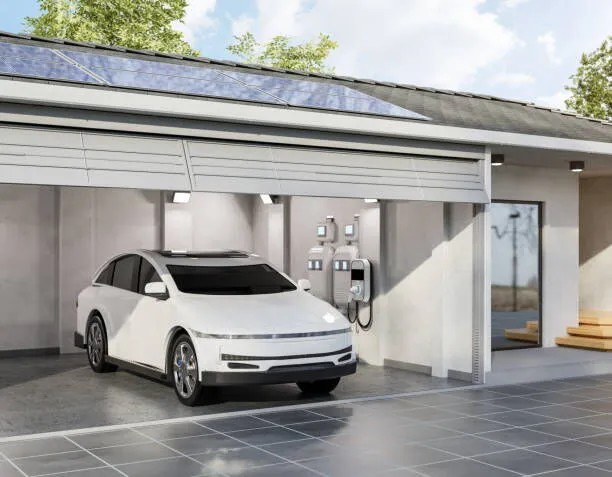Maximizing Your Electric Vehicle’s Performance in Winter: Practical Tips for Cold Weather Driving
Introduction
As a leading EV charger manufacturer in China, LiCB Charge delivers reliable AC and DC electric vehicle charging stations along with comprehensive charging solutions.
As temperatures drop during winter, electric vehicle (EV) owners often face challenges such as reduced battery performance, shorter driving range, and slower charging speeds. Cold weather can affect both the vehicle’s battery and the efficiency of EV chargers, leading to frustration—especially for those relying on their EVs for daily commutes or long trips. Fortunately, with some thoughtful adjustments and smart techniques, you can extend your EV’s range and optimize charging performance even in the coldest months. This guide provides practical tips to help you get the most out of your electric vehicle during winter.
Understanding EV Range in Winter
Cold temperatures naturally impact battery chemistry, reducing the amount of energy available and slowing down charging speeds. As a result, it’s normal to experience a drop in range and longer charging times during winter. However, the following strategies can help you minimize these effects and maintain reliable performance.
How to Extend Your Electric Vehicle’s Range in Winter
1. Precondition Your EV
Preconditioning your vehicle—warming up the battery and cabin while the car is still plugged in—is one of the most effective ways to preserve battery life in cold weather. Many modern EVs offer this feature, allowing you to heat the interior and battery pack without drawing energy from the battery during your drive. Preconditioning ensures a comfortable cabin temperature and optimal battery conditions right from the start, improving overall range.
2. Park in a Garage
Parking your EV in a garage, especially a heated one, helps keep the battery warmer and slows down energy loss. A warmer ambient temperature means your EV won’t have to work as hard to heat the cabin, saving precious battery power for driving instead of heating.
3. Use Localized Heating
Instead of heating the entire cabin, use localized heating options like heated seats and heated steering wheels. These features provide targeted warmth, allowing you to stay comfortable while conserving battery energy. This approach is much more efficient than cranking up the main heater.
4. Adjust Your Driving Habits
Your driving style significantly affects your EV’s winter range. To conserve energy:
- Avoid rapid acceleration and maintain a steady speed.
- Use regenerative braking to recapture energy during deceleration.
- Engage Eco mode if available, optimizing your car’s performance for efficiency.
- Avoid towing heavy loads in winter, as this puts additional strain on the battery.
5. Always Carry a Charging Cable
Having your charging cable on hand during winter trips is essential. It lets you take advantage of any charging opportunities that arise unexpectedly, helping you avoid range anxiety. Some EVs come with convenient storage compartments like a front trunk (frunk) specifically designed to hold the cable.
6. Use Winter Tires
Winter tires provide superior grip and control on icy or snowy roads, enhancing safety and energy efficiency. Make sure your tires are inflated to the recommended winter pressure levels to optimize performance and range. Better traction reduces energy waste and improves overall handling in cold conditions.
Conclusion
Winter driving presents unique challenges for EV owners, but by adopting these strategies, you can extend your vehicle’s range and maintain dependable performance throughout the season. From preconditioning and parking in warmer spaces to adjusting your driving style and using winter tires, these tips will help you confidently navigate cold weather while maximizing your EV’s potential. Embrace winter with these smart practices, and enjoy a warm, safe, and efficient electric driving experience all season long! Know more about Google SEO Directory





Comments